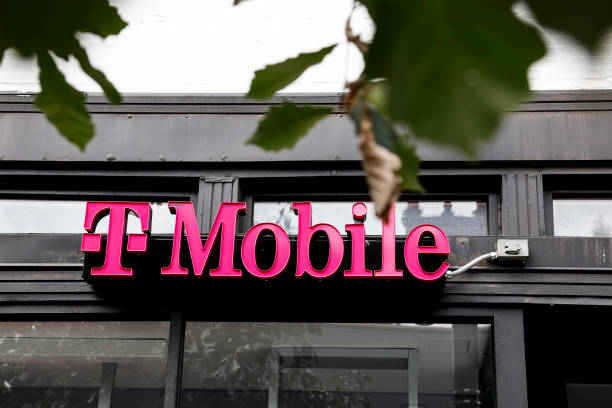T-Mobile has partnered with Starlink to bring satellite phone service to users across the U.S., including remote areas. This groundbreaking service aims to provide connectivity where it was previously unavailable, benefiting millions of people who struggle with network coverage.
The announcement of this service came during the recent Super Bowl, where T-Mobile aired a major advertisement. The ad revealed that free satellite smartphone service would be available to customers of any major wireless carrier, including AT&T and Verizon, in addition to T-Mobile users. This move marks a significant shift in mobile communication, ensuring users stay connected even in areas where traditional networks fail.
How the Satellite Service Works
To access the free trial, users must sign up for a limited number of spots in T-Mobile’s beta test. Those accepted will enjoy free access to text messaging, location sharing, and 911 emergency texting in areas without cellular service. This trial period will last through June.
Once the commercial service launches in July, existing T-Mobile customers will pay $15 per month. Those who join the beta program in February will only pay $10 monthly. AT&T and Verizon customers can also subscribe for $20 per month. Meanwhile, T-Mobile’s premium Go5G Next plan, which costs $105 per month, will include satellite service at no additional charge.
AT&T and Verizon users will not need to change their current plans. Instead, the satellite service functions as an add-on and activates only when traditional coverage is unavailable. Initially, the service will support only basic text messaging and location sharing. However, future updates will introduce voice calls, multimedia texting, and limited app data support. High-bandwidth activities like video streaming will not be available at launch.
Technical Details of the Satellite Connection
When a user moves outside of traditional network coverage, their phone will automatically switch to a satellite connection powered by over 450 Starlink satellites. These satellites, often mistaken for UFOs when visible in the night sky, create a non-terrestrial network (NTN), separate from existing cellular networks.
The switching process remains the same regardless of the user’s primary carrier. Once connected, users receive a notification from T-Mobile and see a new connection icon on their phone. They can then send and receive messages. When the phone detects normal coverage, it reconnects to its usual network automatically.
The technology behind this service relies on a modem chip inside the phone, which links to Starlink satellites. Many modern smartphones have built-in satellite communication capabilities. Even older phones without satellite-specific modems can still connect in some cases.
Despite the 340-mile distance between satellites and phones, communication occurs directly. The signals are weaker than those from traditional cellular networks, limiting data-intensive applications. As a result, satellite service will complement, rather than replace, standard mobile networks.
Device Compatibility and Setup
Most newer smartphones are compatible with the service. Supported models include:
- iPhone 14 and later
- Samsung Galaxy A14 and S21 onward
- Samsung Z Flip and Z Fold 3 and later
- Google Pixel 9
- 2024 Motorola models, including razr, edge, and moto g
T-Mobile users will not need to adjust any phone settings to access the satellite service. However, AT&T and Verizon customers must have an unlocked phone with the latest software updates. They will also need to set up an eSIM profile, which T-Mobile will provide with a new number for satellite use. Once configured, the phone will automatically switch between standard and satellite networks as needed.
Comparing to Other Satellite Services
This service differs from existing satellite-based solutions. Apple’s satellite service, for example, connects to Globalstar satellites and may have different capabilities and pricing in the future. Technically, users could subscribe to both services on a single iPhone, though this would likely be unnecessary.
AT&T and Verizon have also announced satellite partnerships with AST SpaceMobile and Skylo. However, these services are not yet widely available, and their effectiveness remains to be seen.
The Impact on Mobile Connectivity
Providing connectivity in previously unreachable locations is a major advancement in communication and safety. This service will reassure families and help individuals traveling in rural or isolated areas. It also offers a crucial lifeline in emergency situations where traditional cellular networks fail.
Despite the benefits, some concerns arise. Constant connectivity makes it harder to truly disconnect. Some users may worry about privacy or the ability to go completely off-grid. However, for most, the convenience and security of satellite-enabled phones outweigh these concerns.
The partnership between T-Mobile and Starlink marks a significant step forward in mobile technology. What once seemed like science fiction is quickly becoming a standard feature of modern smartphones. As more carriers invest in satellite connectivity, widespread coverage may soon become a reality for all mobile users.
For more updates on the latest advancements in mobile technology, visit Financial Mirror.
